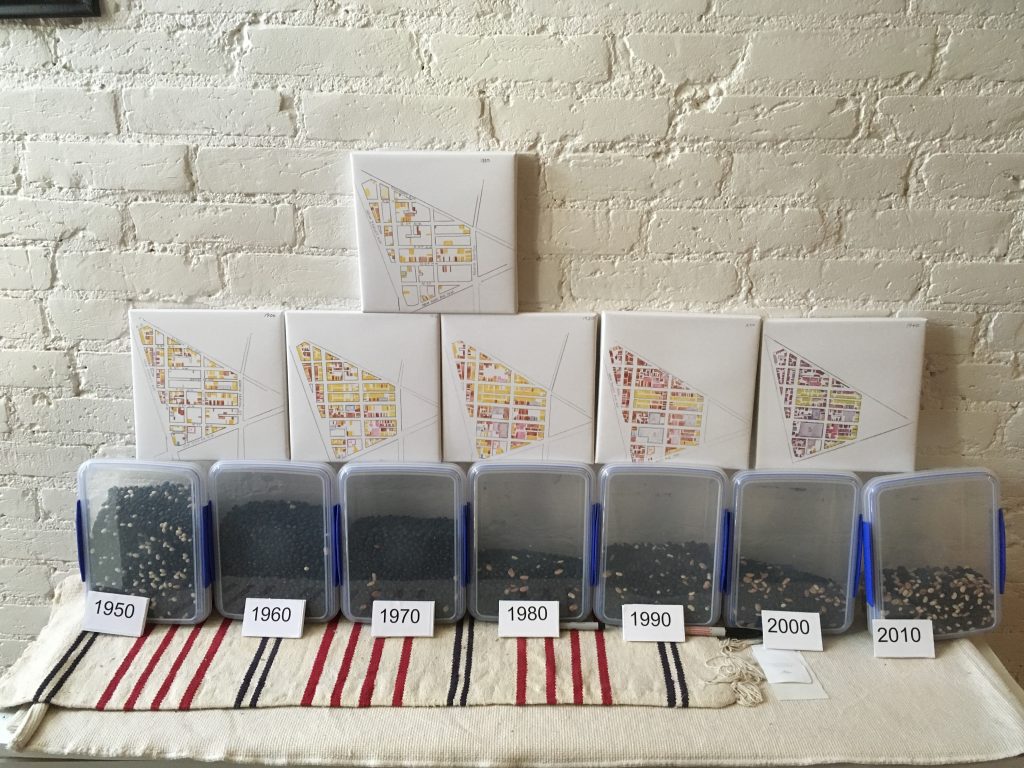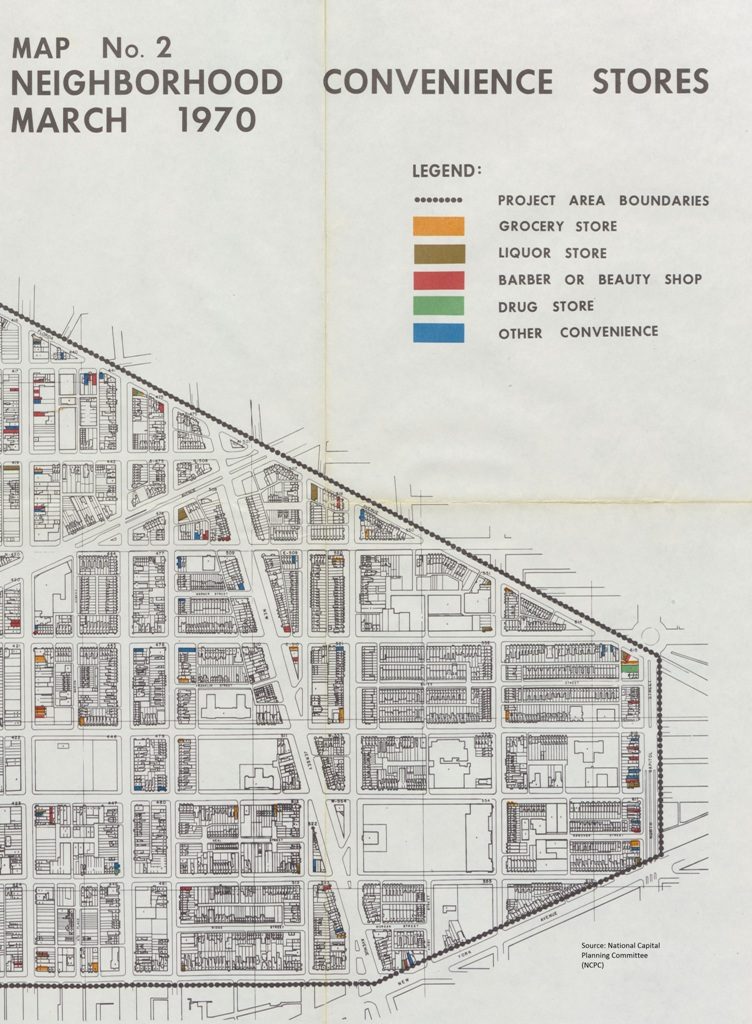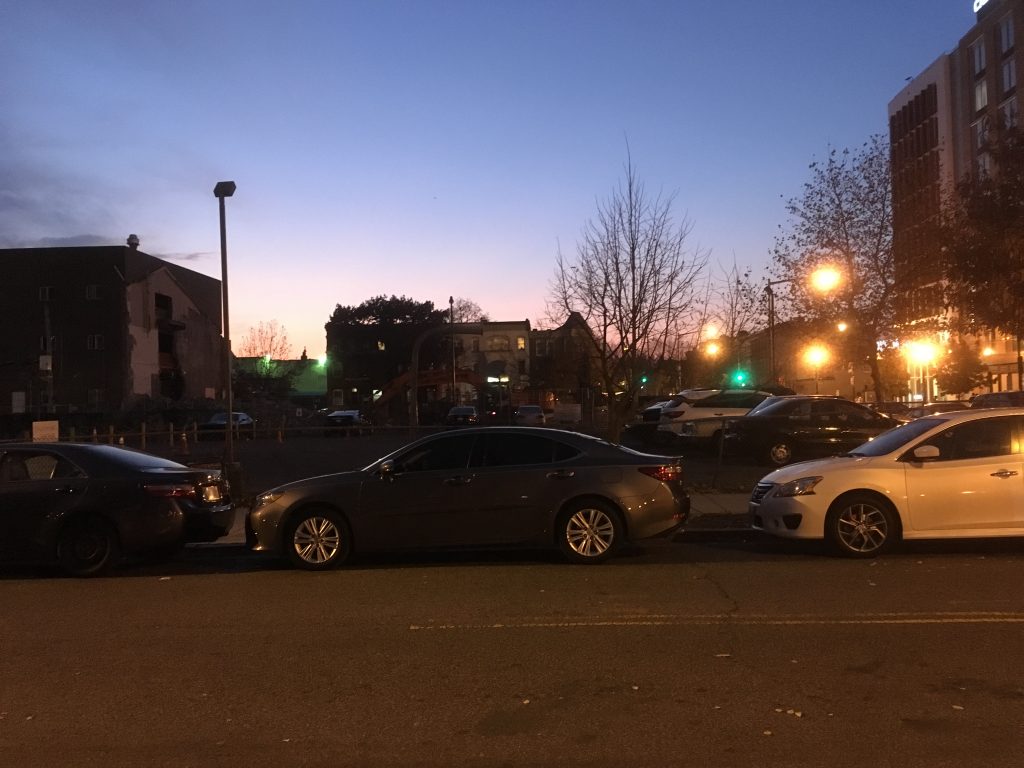 So I’ve read the report out of Georgetown University’s report State of African Americans in DC: Employment, and as a member of the black middle class there is nothing, zero, in the report about keeping the middle class Afro-American families in DC. The purpose of the report (PDF), as stated on page 2, is to analyze trends and “offer ideas about how to halt the flow of African Americans out of Washington, D.C.” However, the report I read was about attempting to support low and no income people in DC, who in our city are primarily people of color.
So I’ve read the report out of Georgetown University’s report State of African Americans in DC: Employment, and as a member of the black middle class there is nothing, zero, in the report about keeping the middle class Afro-American families in DC. The purpose of the report (PDF), as stated on page 2, is to analyze trends and “offer ideas about how to halt the flow of African Americans out of Washington, D.C.” However, the report I read was about attempting to support low and no income people in DC, who in our city are primarily people of color.
There is an error everyone makes, even I make this mistake from time to time, and that is the equation: Afro-American=Low Income. Yes, the median household income of African American households is less than White American households, but the median income is not necessarily low income. But to be fair this related to the Mayor’s Commission of African American Affairs, and its mission is primarily focused on low-income African Americans.
The report doesn’t completely ignore the Black middle class, it mentions the flight of the AfAm middle class from the city and a decline in the Black middle class. It also mention’s the former Marion Barry’s contribution. Before he was known for crack and sex, Barry did grow the Black middle class in DC with contracts requiring minority businesses and hiring a lot of people for DC government jobs. Unfortunately, many of those middle class DC government workers wandered across the border to PG County. The problem with making DC government offices a Black employment program are a lot of people who didn’t answer the damned phone when you needed city services, but I digress.
This report, because its focus is not creating and keeping a Black middle class, doesn’t even suggest doing what Barry did (at least with the creation part).
I should also mention that DC lacks a white low class community, so like the error of equating black with poor, there is the habit of equating white= middle class/ rich. Therefore, most programs for low income populations will be for people of color, and more often African Americans.
Yes, I am faulting the report for being something other than what I would like it to be. I want it to show how DC can grow and keep a Black middle class. DC seems like a place with racially diverse workplaces so I’m not sure what more DC DOES, can do for equal opportunities for the kind of jobs being created in the city. The Project Empowerment doesn’t seem to work with the kind of careers that lead people to the middle class. SYEP is hit or miss on the path to the middle class.
The report does say: “The city must create a pipeline from its high schools to careers such as nursing, radiology, EMT, and physician’s assistants, which typically pay a living wage or better. D.C. can start by reconfiguring the Career Academies and CTE programs administered by DCPS to be geared toward these careers.” Yes, something beyond a living wage to a thriving wage should be a goal.
Regarding housing there is nothing mentioned for the Black middle class. There is a program, actually a whole DC agency that could help the Black middle class become homeowners. The DC Housing Finance Agency has HPAP, which helps with the downpayment, with strings…… DCHFA has various homebuying assistance programs which can help people buy their first home in DC and homeowners are more likely to stay, or stay longer than renters.
I think it is a good thing to try to keep a sizable African American population in the District, for the sake of keeping the city a comfortable place for people like me and bi-racial families like mine. I think DC does itself a disservice not to try to make sure that a chunk of the AfAm community is middle class and figure out how to keep them/us.
 So for lunch I ventured out and was hankering for a Halfsmoke dog but they were closed on Tuesday for lunch, so I walked back in the direction of Truxton Circle to fix myself lunch when I was drawn into Fishscale at 637 Florida Ave NW.
So for lunch I ventured out and was hankering for a Halfsmoke dog but they were closed on Tuesday for lunch, so I walked back in the direction of Truxton Circle to fix myself lunch when I was drawn into Fishscale at 637 Florida Ave NW.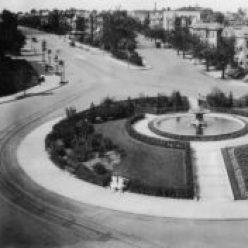
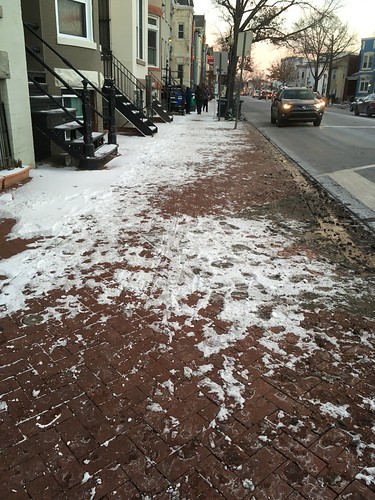
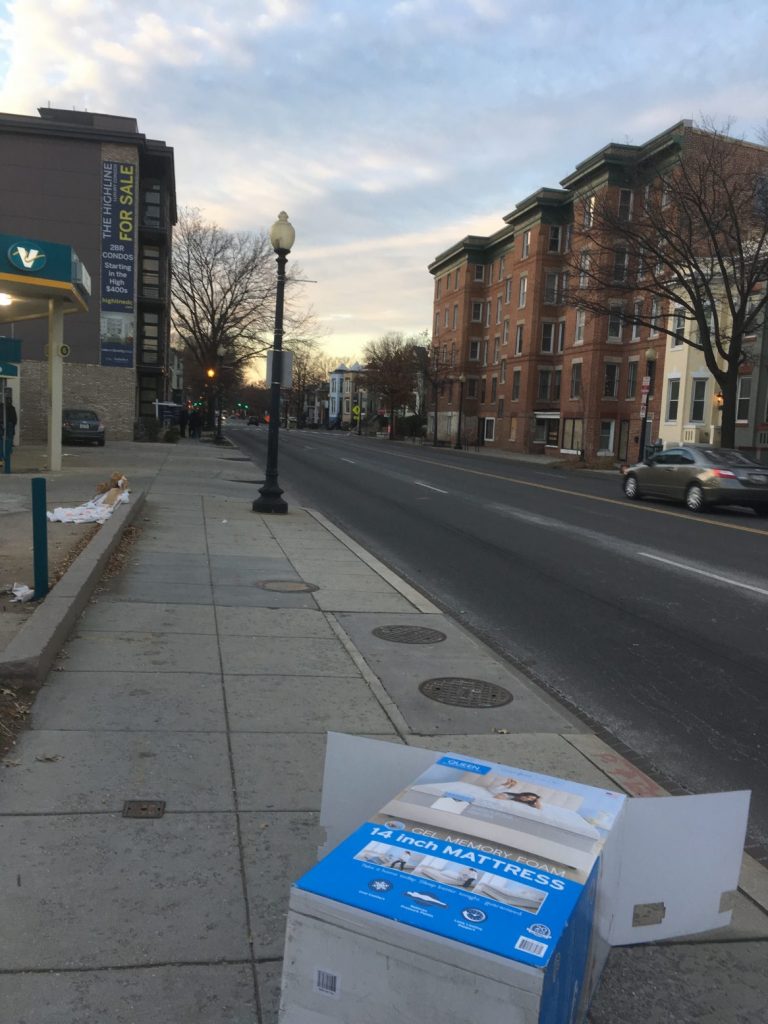 So we’re coming to an end to 2017.
So we’re coming to an end to 2017.